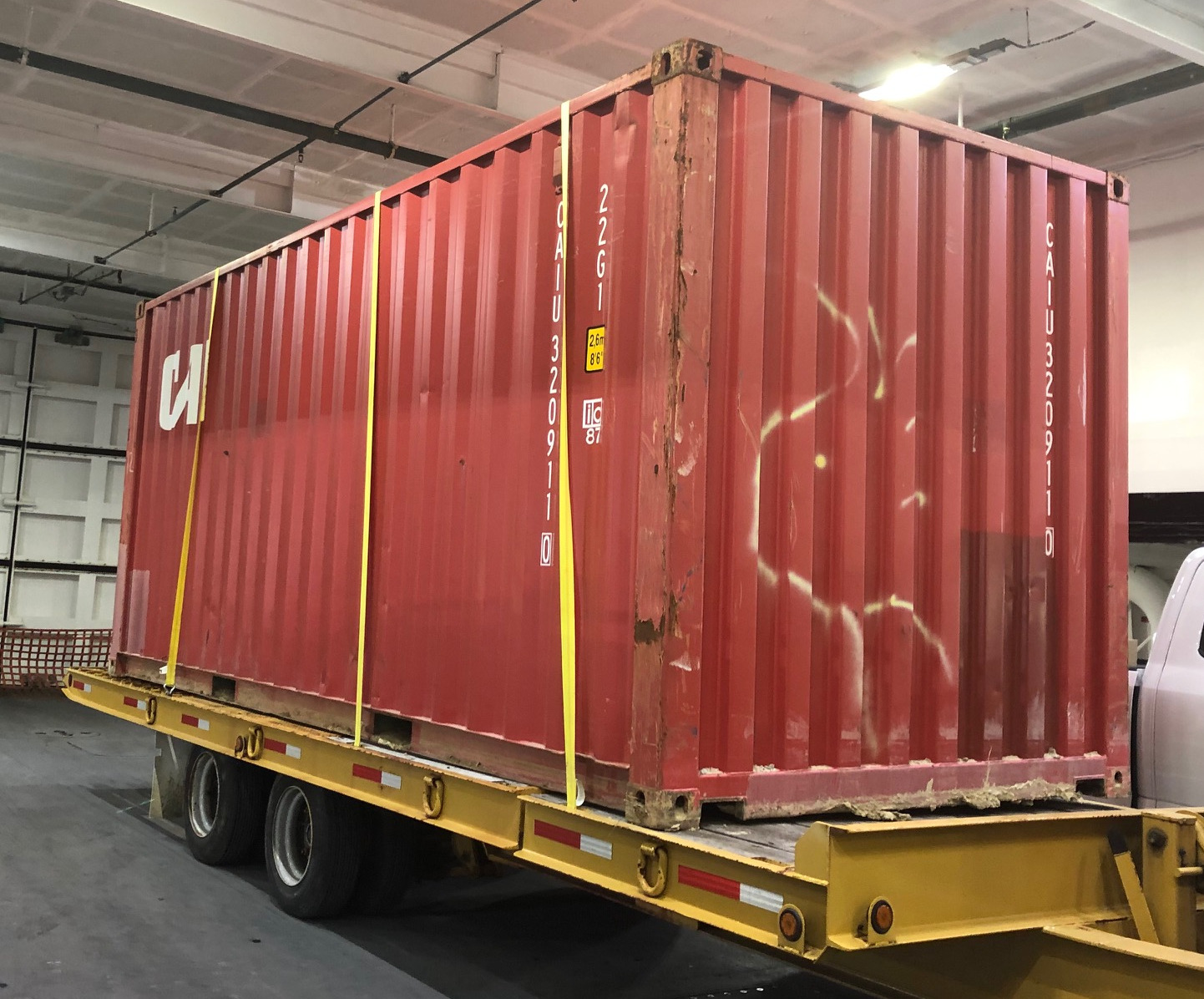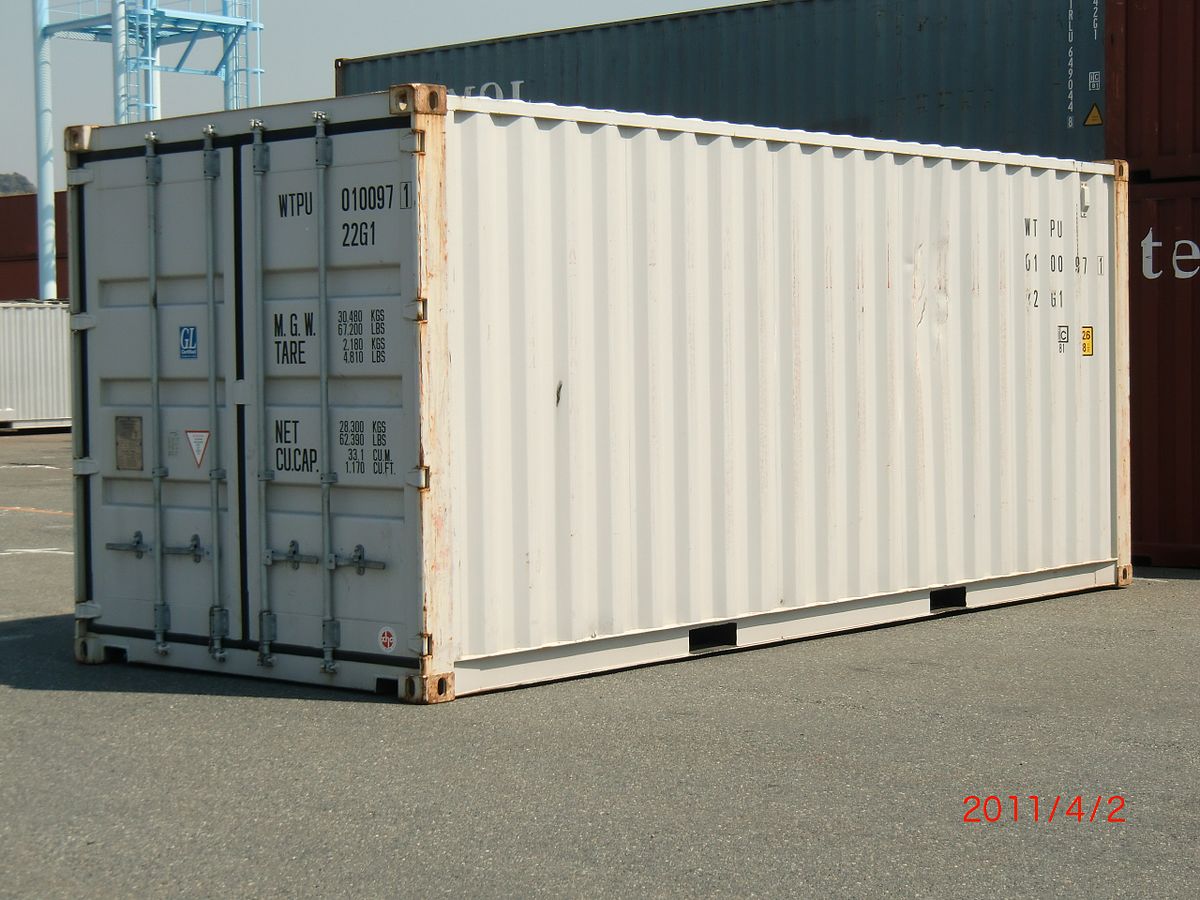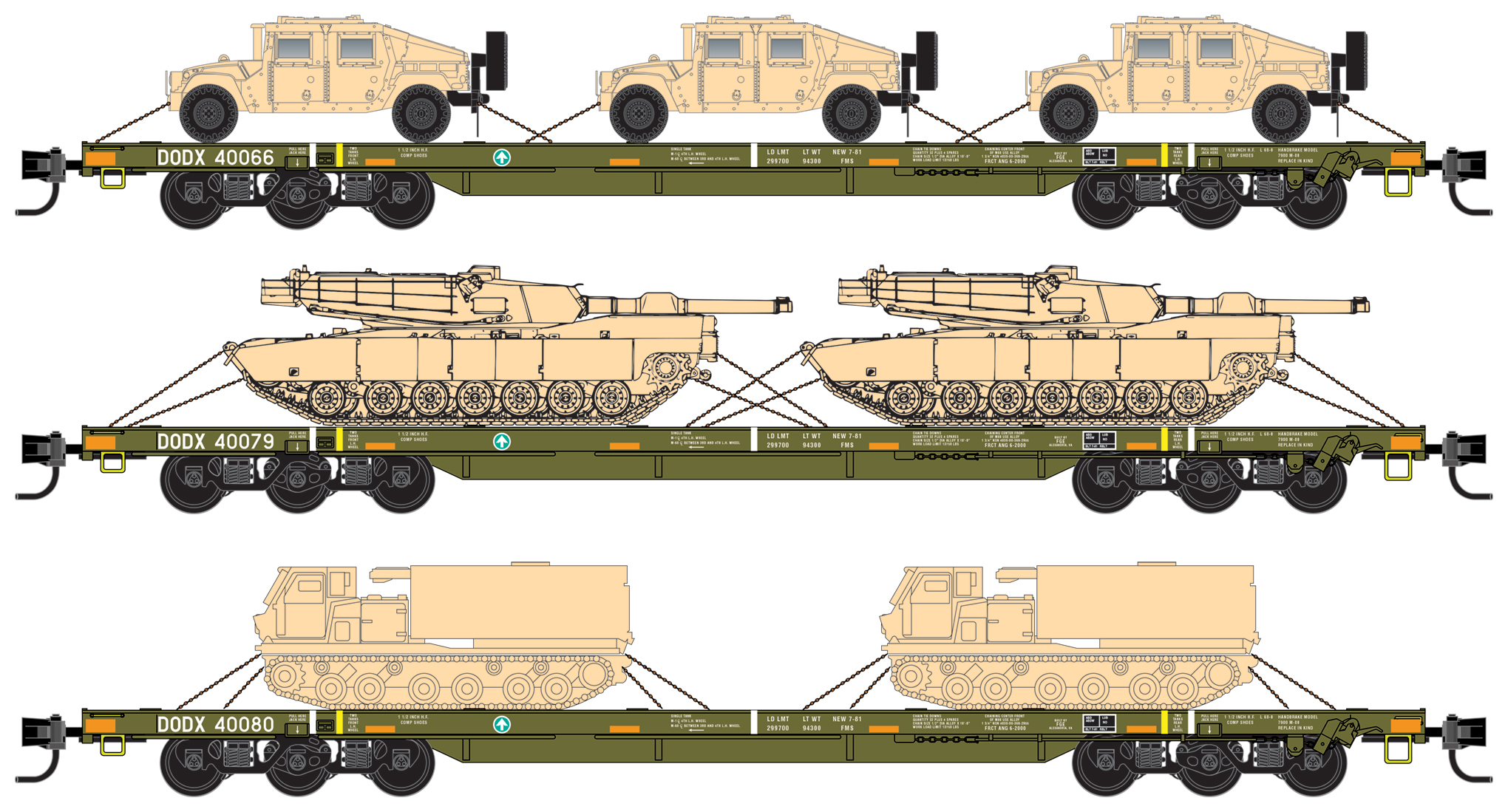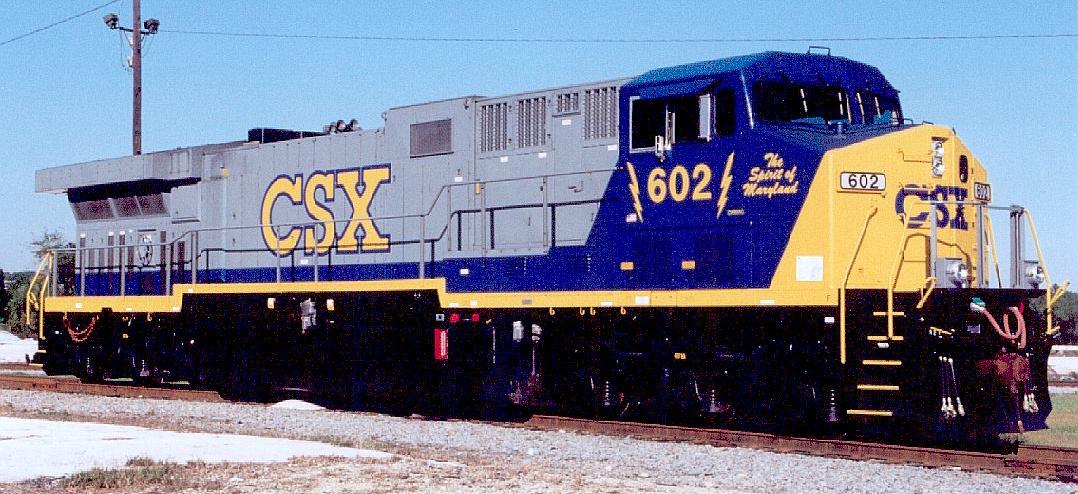History: Given the prevalence of 40 foot containers in the global shipping/maritime industry, the 20 foot container was a logical choice for smaller cargoes. Given that exactly two 20 foot containers can stack on or be stacked on a 40 foot container, these little brothers are a no-brainer for smaller loads. Cargo ships specially designed for 40 foot containers can usually handle these smaller units without specialized loading equipment or facilities.
Dry containers are meant for non-refrigerated goods and hence are the most common type.
Corrugation in the construction of these containers yields much greater strength (just like with corrugated cardboard for boxes) but is more expensive to fabricate. Due to the extra strength granted by the corrugation, this is a popular type for overseas use.
Dry containers are meant for non-refrigerated goods and hence are the most common type.
Corrugation in the construction of these containers yields much greater strength (just like with corrugated cardboard for boxes) but is more expensive to fabricate. Due to the extra strength granted by the corrugation, this is a popular type for overseas use.
Item created by: Powderman on 2018-09-08 12:43:32
If you see errors or missing data in this entry, please feel free to log in and edit it. Anyone with a Gmail account can log in instantly.
If you see errors or missing data in this entry, please feel free to log in and edit it. Anyone with a Gmail account can log in instantly.









